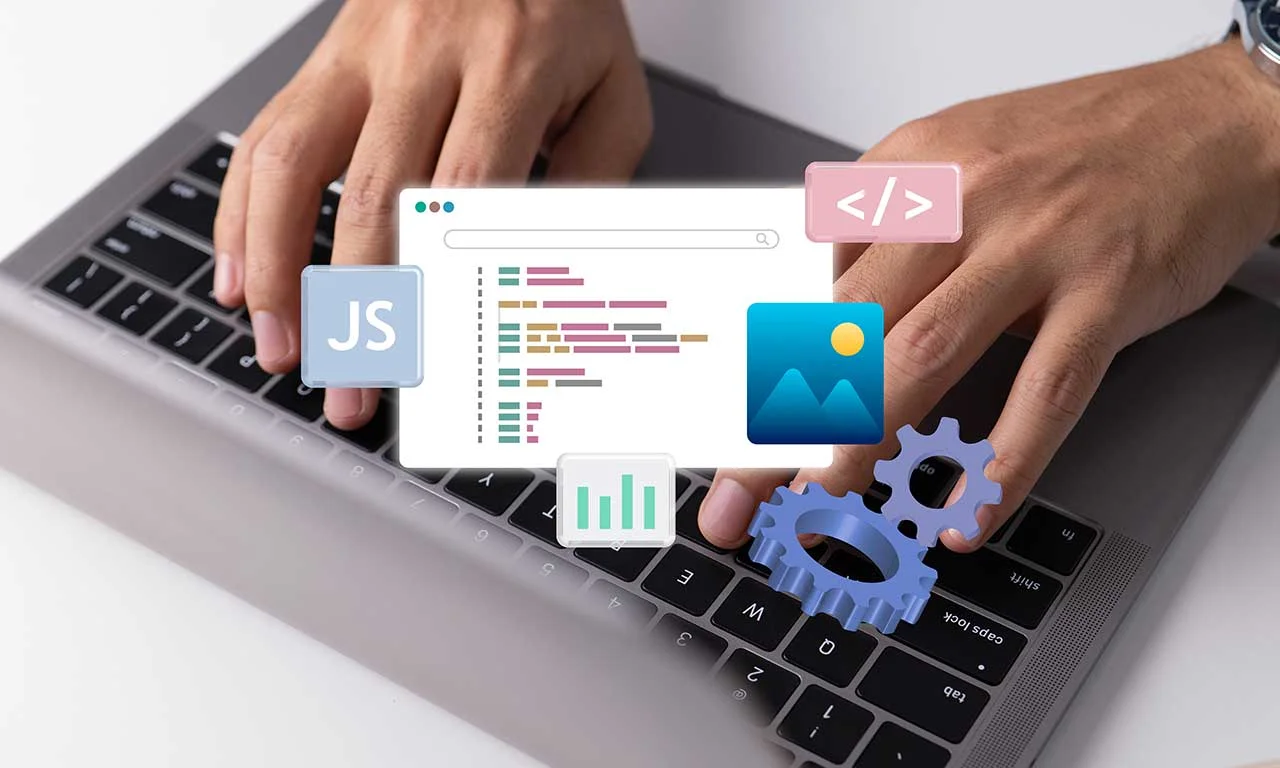Ongoing development in technology and automation have paved the way for career paths in several industries!
One such ever-evolving and fast-growing field is full-stack web development.
The budding developers who are interested in pursuing a flourishing career in the field of web development, prospects are quite promising.
So, if you are pondering how to get into full-stack web development or how to become a full-stack developer, you are on the right post.
Read till the end and strengthen your knowledge base!
Who is a Full Stack Developer?
To become a full-stack developer, you need to understand two vital terms; front-end development and back-end development. The front end or the client side refers to all the essential elements of the computer application with which users directly interact.
However, back-end development needs refining the internal software to build the company’s database or servers. Full stack web development comes into the scene as it is the combination of both the front-end and the back-end architecture.
A full-stack developer or professional is responsible for addressing both sides of the equation.
Becoming a Full Stack Developer – Essential Things To Do
Technical Skills to Learn
To ace the field of full-stack development, you need to master either the front-end or the back-end framework.
- Front-end development: It basically covers your presentation part. This part is useful for user interaction or engagement. You need to know about front-end languages or fundamental concepts for better knowledge.
- Back-end development: As a budding developer, you should know the knits and grits of website development. It can include databases, APIs, Server configuration, and essential back-end languages.
Languages to Learn
If you want to kickstart your journey as a front-end developer, you should ace both front-end and back-end languages.
- HTML/ CSS – For Front-end Development
HTML is the fundamental building block to building a website. A web page generally contains text, audio, and elements. Writing them with HTML helps your browser to interpret what your web page has to display.
HTML basically creates a structure for the web page. Moreover, with HTML, you also have to learn CSS. cascading style sheets give an appearance to your web pages. How your web page is going to look will be determined by the CSS code.
- Javascript – For Front-end
This is a complicated yet demanding programming language. This scripting language lets you do all the animation, update your content and perform all functions.
If the HTML and the CSS affect a web page structure, JS affects the interface.
- Python- For Back-end Development
There are full-stack developers who rely on the back-end side of web development. For back-end development, learning Python is extremely important.
This versatile language helps to create websites and apps. It is useful in various fields like data science, machine learning, and back-end development.
Other Programming Languages to Learn
Besides the above-mentioned languages, you can also learn other languages, which include:
- Java: Java is a popular programming language for application development. Its functionality allows you to set up code on one machine and to run code on the other machine
- PHP: This programming language is useful for creating dynamic, responsive, and static websites. This language is useful for creating web pages and can be used with debuggers or automation tools.
- C#: This programming language is being created by Microsoft and is used mainly for web and game development. It builds window applications and can be used for the backend side of certain websites.
- Scala: Scala is useful to help object-oriented or functional programming that is being compiled with Java code. Then it is executed with the help of a Java virtual machine.
- Swift: Swift is considered a programming language that the infamous Apple created for creating iOS applications.
Database Management
Database management is considered an essential part of full-stack development. A web developer should be capable of working with database functionalities, including storing, deleting, inserting, and manipulating data. For that, you need to have knowledge of software like MYSQL, Oracle, and PostgreSQL, among others.
Web Servers and Deployment
How to create and hosting a web server is an essential part of full stack development. If you want to host any website or share certain files, you must ace it.
In a full-stack web development course, you can learn about web servers, how to use an external server for a website, how to create a panel and other essential things.
Version Control Systems
Version control systems are defined as the category of certain software tools which help record changes made to these files by keeping the modifications done in a particular code.
As a developer, the version control system will give you a snapshot of all the related files. It will permanently save a snapshot to store it completely.
Soft Skills
A web developer should also be proficient in various soft skills, including:
- Understanding of database structure and processes
- Good management skills and communication skills
- Familiarity with the database management
- Problem-solving skills
- Must have a learning mindset
- Leadership and the resource-managing skills
Create a Portfolio
You need to create a developer’s portfolio. The recruiter or the hiring manager generally prints a resume for a full-stack developer job.
A portfolio is defined as a lasting resource that displays all your skills in front of recruiters.
Get a Certification
With the expansion of the tech industry, employers are becoming more reliant on full-stack capabilities. Candidates who know coding skills are in high demand by companies in various industries. So, for that, you need a certification.
Wrapping Up
Full-stack web development is a field that is growing at a fast pace. Learning all the essential skills and getting the right certification will power your career in the right direction.
Keep this guide as your mentor to learn about becoming a full-stack web developer.


















